-

The first Trump-Kim summit in Singapore (June 2018) much was expected from the second summit held during late February 2019 at Hanoi. The first round was historic but the second round turned out to be a disaster with the summit ended abruptly. After the first summit, North Korea had begun to dismantle a missile engine test stand at Sohae. Post the failure of the second summit, however, some reconstruction has been noticed at this site. Is this symptomatic of the failure of diplomacy or it is bit premature to write an obituary of peace in the Korean peninsula? This issue brief analyses the ongoing efforts towards resolving the North Korean riddle.
-
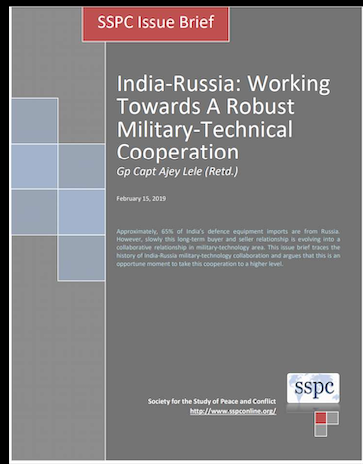
Global security architecture has undergone a tremendous shift since the First World War. However, the one thing that has dominated the evolution of security structures since that time has been the importance of technological advances. It is important to note that the shifting power balance that exists between nations today has major dependence on technological revolutions. In fact, over the years, growth in science and technological innovations has mostly happened due to the demands of the military and armed forces influencing and assisting the stimulation of science and technology.
-
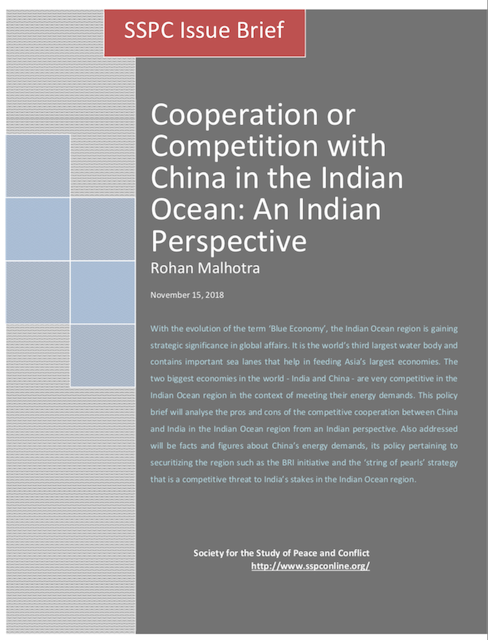
About one-fifth of the total oceanic area in the world is covered by the Indian Ocean region. It is bound by the Arabian Peninsula and Africa, collectively known as the western Indian Ocean region, India’s coastal waters (the central Indian Ocean region) and the Bay of Bengal near Myanmar and Indonesia (the eastern Indian Ocean region). To meet the demand for energy reserves, approximately 33 million barrels of crude oil and petroleum are transported from the most important choke points in the Indian Ocean per day, including the straits of Hormuz and Malacca (Albert, 2016).
-
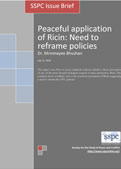
This paper is an effort to assess empirical evidence related to threat perception of one of the most dreaded biological weapon of mass destruction, Ricin. The evidence shows a realistic view to the notorious perception of Ricin, suggesting a need to reform the CWC policies!
-
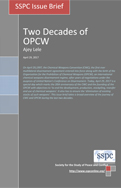
On April 29,1997,the Chemical Weapons Convention (CWC), the first ever multilateral disarmament agreement entered into force along with the birth of the Organisation for the Prohibition of Chemical Weapons (OPCW), an international chemical weapons disarmament regime, after years of negotiations under the auspices of United Nation’s Conference on Disarmament. and Preparatory Commission. The OPCW’s objective is to accomplish the Convention’s mandate ‘to end the development, production, stockpiling, transfer and use of chemical weapons’. It also has to ensure the ‘elimination of existing stocks of such weapons’. Two decade later, on the twentieth anniversary of OPCW it is imperative to recollect the journey so far and also to ascertain whether the regime succeeded in making the world safer from the threat of chemical weapons or warfare.This issue brief takes a broad overview of the journey of CWC and OPCW during the last two decades.
-
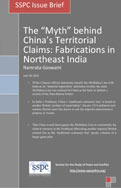
While Chinese official statements classify the McMahon Line with India as an “Imperial Imposition’ and hence invalid, the same McMahon Line was utilized by China as the basis to delimit a section of the Sino-Burma border.
-
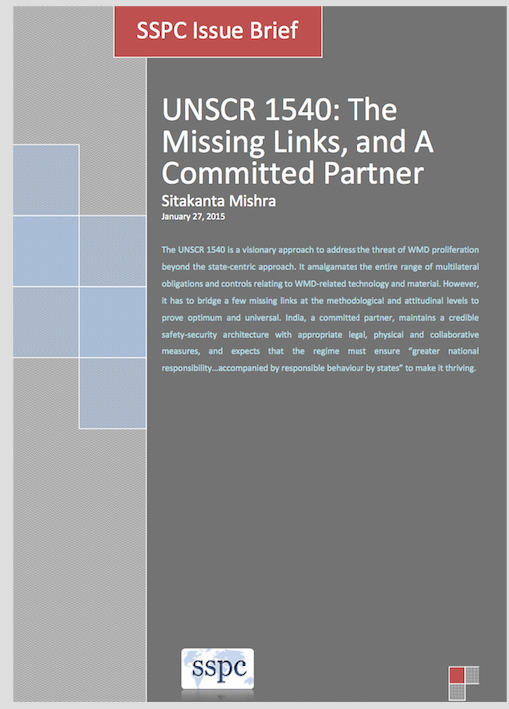
The UNSCR 1540 is a visionary approach to address the threat of WMD proliferation beyond the state-centric approach. It amalgamates the entire range of multilateral obligations and controls relating to WMD-related technology and material. However, it has to bridge a few missing links at the methodological and attitudinal levels to prove optimum and universal.
-
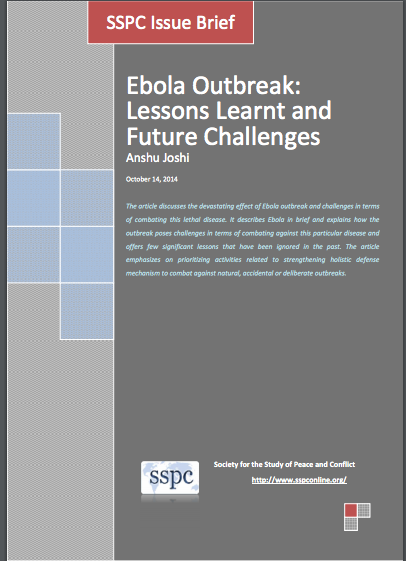
The article emphasizes on prioritizing activities related to strengthening holistic defense mechanism to combat against natural, accidental or deliberate outbreaks.
-
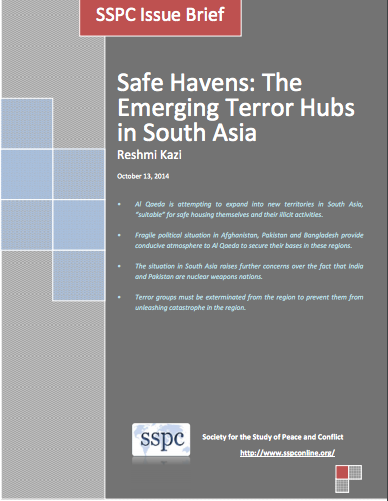
Al Qaeda is attempting to expand into new territories in South Asia, “suitable” for safe housing themselves and their illicit activities. Fragile political situation in Afghanistan, Pakistan and Bangladesh provide a conducive atmosphere to Al Qaeda to secure their bases in these regions. The situation in South Asia raises further concerns over the fact that India and Pakistan are nuclear weapons nations. Terror groups must be exterminated from the region to prevent them from unleashing catastrophe in the region.
-

Three factors are highlighted in particular: the Maoists’ defeat in second Constituent Assembly polls, the resistance of both the parties towards formation of Truth and Reconciliation Commission and holding of local body elections, the inter-party division, which is the most serious challenge faced by Prachanda at present. The paper attempts to explore the possibilities of such a reunification between the UCPN-M and CPN-M. It highlights the challenges faced by the top Maoist brass at present in order to forge a united front for the future. The paper also points out some possible scenarios that would be faced by the Maoists, who remain an important political player in Nepal’s polity.
Paxton ported to drupal by DropThemes.in